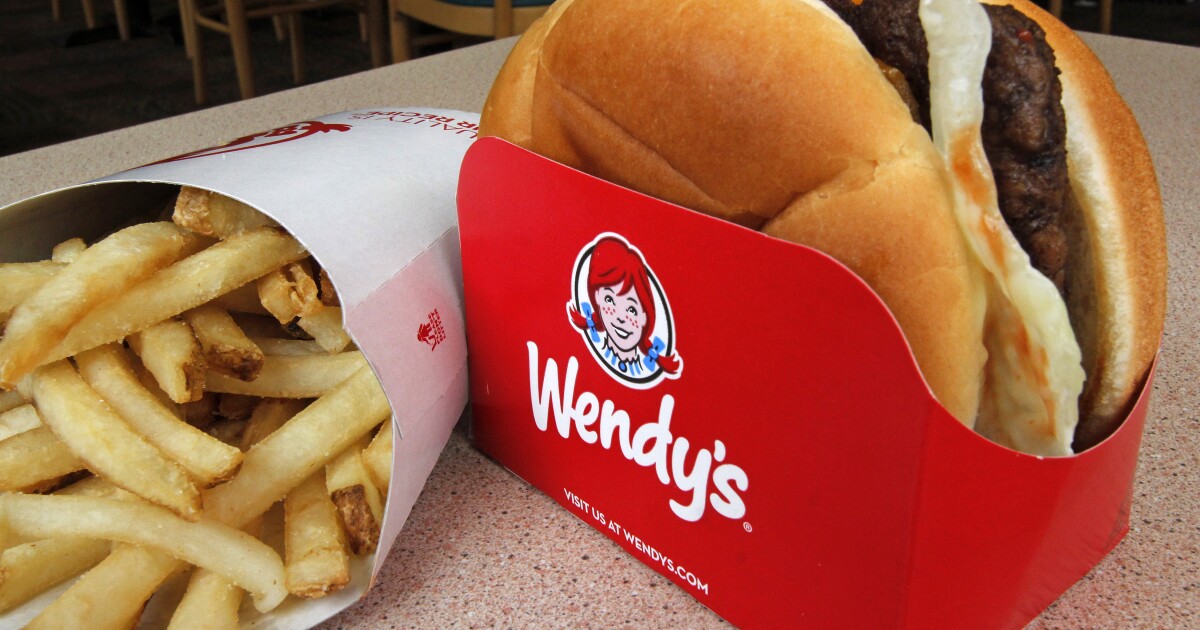

A plethora of lawsuits over photography hacks in fast food advertising have made food litigation one of the fastest-growing areas of law, according to legal experts.
A record number of lawsuits have been filed since 2020 alleging misrepresentation in food marketing against several fast food giants, including Taco Bell, Wendy’s, McDonald’s, Burger King, and Arby’s.
MANCHIN SLAMS BIDEN’S ‘BOTCHED’ IMPLEMENTATION OF INFLATION REDUCTION ACT
Much of the evidence from the complainants in the suits consists of advertising images compared to their real-life product inspirations. Advertising images have tall burgers with puffy buns and loads of toppings or hearty, crunchy tacos. By comparison, real-world food is limp, lifeless, and lacking substance, according to the plaintiffs.
Techniques in food photography have been known widely for several years, with McDonald’s Canada’s ‘behind the scenes’ video capturing a classic quarter pounder with cheese gaining over 12 million views since 2012.
“Here you can definitely see that there is a size difference” explains Hope Bagozzi, then-director of marketing for McDonald’s Canada, as she compares the store-made burger with the studio-made product that took hours to craft. According to Bagozzi, the difference is in part attributable to the steam trapped in the store’s serving box that wilts the bun, and in part to the tilting of the patty in the studio-burger to highlight the toppings in a two-dimensional image.
Bagozzi left McDonald’s in January 2020 to become the chief marketing officer of Tim Hortons.
“Customers aren’t stupid,” says the advertising firm Gourmet Ads, “[T]hey know that the images of food that they see on billboards, on menus, in magazines or on online ads aren’t as they appear in store.”
According to Gourmet Ads, techniques such as spraying foods with oil or steam or using tools to melt cheese on a burger “are all part of the plan to make customers not just see the food but make them desperately want it.”
Much of the cases, however, depend upon quantity, arguing that foods featured in advertising are more plentiful than what paying customers actually can purchase.
The legal standard for convincing a judge or jury to hold fast food companies liable is whether or not a “reasonable consumer” would be misled by the product’s marketing or labeling. A reasonable consumer must be an average individual, with general knowledge rather than the industry-insider perspective.
Although the court system usually has a very high view of the average consumer, most class-action lawsuits involving the quality or quantity of fast food products end up being settled before trial.
Bonnie Patten, executive director of the non-profit organization Truth in Advertising, told CNN Business that although most of these seem trivial, inflation and rising costs of food have made them even more important.
CLICK HERE TO READ MORE FROM THE WASHINGTON EXAMINER
For people who are “using their limited resources to purchase this, and then they’re not being provided with the quantity of food they’re expecting — that is an issue, no doubt,” Patten said.
“The best defense against deceptive marketing is an educated consumer,” she added.





